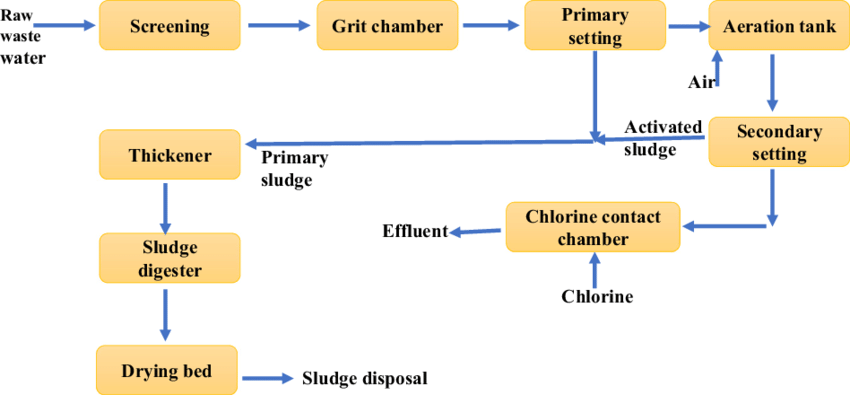The Facts About Reclaim Waste Revealed
Wiki Article
Reclaim Waste for Beginners
Table of ContentsThe Single Strategy To Use For Reclaim WasteReclaim Waste - The FactsSome Known Details About Reclaim Waste How Reclaim Waste can Save You Time, Stress, and Money.8 Easy Facts About Reclaim Waste Explained
Check out the kinds, incidents, and types of fluid waste. Residential sewer waste refers to the waste and items from a property sewage-disposal tank. This type of waste is produced by humans in residences, schools, and various other buildings. This only consists of septic tanks that have a drainpipe field. The correct monitoring and disposal of residential sewer waste require liquid waste to be moved to a sewer treatment plant where the proper techniques and equipment are applied to detoxify and get rid of waste.
Industrial waste typically consists of potential dangers, such as combustible products or a blend of fluid and solid waste items, and needs a more sophisticated and comprehensive disposal process. The disposal of industrial waste commonly entails the purification of waste prior to transportation to make certain secure and appropriate disposal. Hazardous waste is developed from results and overflow of commercial processes and manufacturing.
This sort of waste can not use the exact same sewage administration transportation or processes as septic or industrial fluids. The industrial waste management procedure calls for the inspection and screening of fluid waste before it goes through the disposal procedure (liquid waste disposal melbourne). Runoff waste is the liquid waste that comes from drainage and excess stormwater in extremely inhabited areas or cities
Drainage waste can trigger contamination and flooding if not managed correctly. Making sure appropriate waste monitoring can protect against disasters and decrease ecological harm.
More About Reclaim Waste
Call PROS Providers today to learn more about our waste management and disposal solutions and the proper ways to care for the liquid waste you generate.(https://linktr.ee/leonaube33101)Do you recognize what takes place to your water when you draw the plug, flush the commode or drain pipes the washing machine? No? Well, it deserves understanding. This so-called 'wastewater' is not just an essential source but, after therapy, will certainly be launched to our land, waterways or the sea. Utilized water from toilets, showers, bathrooms, kitchen area sinks, laundries and industrial processes is known as wastewater.

water utilized to cool equipment or clean plant and devices). Stormwater, a kind of wastewater, is drainage that streams from agricultural and urban areas such as roofings, parks, gardens, roads, paths and seamless gutters into stormwater drains, after rainfall. Stormwater streams neglected straight to neighborhood creeks or rivers, eventually reaching the ocean.
Facts About Reclaim Waste Uncovered
In Queensland, many wastewater is treated at sewage treatment plants. Wastewater is moved from residential or commercial sites through a system of drains and pump terminals, known as sewerage reticulation, to a sewage therapy plant.The Division of Natural Resources advises city governments regarding managing, operating and maintaining sewerage systems and treatment plants. In unsewered areas, regional federal governments may call for householders to install specific or home sewage treatment systems to treat residential wastewater from commodes, kitchens, washrooms and washings. The Department of Natural Resources authorises using home systems when they are confirmed to be reliable.
In some new subdivisions, treatment of some stormwater to eliminate trash, sand and gravel has actually started using gross toxin traps. Wastewater therapy takes place in four phases: Gets rid of solid issue.
Uses little living organisms knows as micro-organisms to break down and get rid of remaining dissolved wastes and fine fragments. Micro-organisms and wastes are incorporated in the sludge.
The 4-Minute Rule for Reclaim Waste
Nutrient removal is not available at all sewage treatment plants because it needs pricey specialised devices. Clear liquid effluent produced after therapy may still contain disease-causing micro-organisms - liquid waste disposal melbourne.
The majority of wastewater flows right into the sewerage system. Under the Act, regional federal governments administer approvals and permits for ecologically relevant tasks check my blog (Periods) involving wastewater releases that may have a regional influence.
Reclaim Waste for Dummies
Monitoring supplies accurate info about water high quality and can confirm that permit problems are being satisfied. The info gotten via tracking offers the basis for making water quality choices.Report this wiki page